Strengthening cyber resilience with Elastic Security and Observability
A guide to aligning with SEBI’s CSCRF using Elastic's integrated security and observability capabilities

Financial institutions in India are preparing for a new era of cybersecurity compliance with the Securities and Exchange Board of India’s (SEBI) Cybersecurity and Cyber Resilience Framework (CSCRF). Announced in August 2024, this comprehensive framework aims to enhance the security posture and resilience of SEBI-regulated entities (REs) through a unified approach to governance, threat management, recovery, and continuous improvement.
The CSCRF applies to a wide array of regulated entities, including stock exchanges, clearing corporations, depositories, mutual funds, portfolio managers, and more. With implementation deadlines effective from January and April 2025, organizations are expected to demonstrate proactive progress in deploying cyber resilience capabilities.
Read the official CSCRF guidelines.
Elastic’s unified Security and Observability solutions offer REs the critical capabilities needed to meet these mandates. From real-time threat detection and response to full-stack observability and compliance reporting, Elastic empowers organizations to build, monitor, and evolve a secure and resilient digital infrastructure aligned with the SEBI’s CSCRF pillars: Anticipate, Withstand, Contain, Recover, and Evolve.
Governance and risk management
One of the foundational pillars of CSCRF is establishing strong cybersecurity governance supported by continuous risk management. Under this framework, REs must define roles and responsibilities, formalize cybersecurity policies approved by top management, and document a cyber risk management strategy.
Elastic addresses these requirements with:
Compliance dashboards and risk visualizations that help visualize compliance posture and cyber risk exposure in real-time
Security posture analytics powered by sophisticated machine learning models to help identify anomalous trends and early signs of risk
Policy-driven auditing capabilities, like prebuilt rules and automated workflows, to help maintain evidence trails for internal audits and SEBI-mandated reporting
By automating and visualizing key controls and metrics, Elastic simplifies how REs measure their security effectiveness and regulatory alignment.
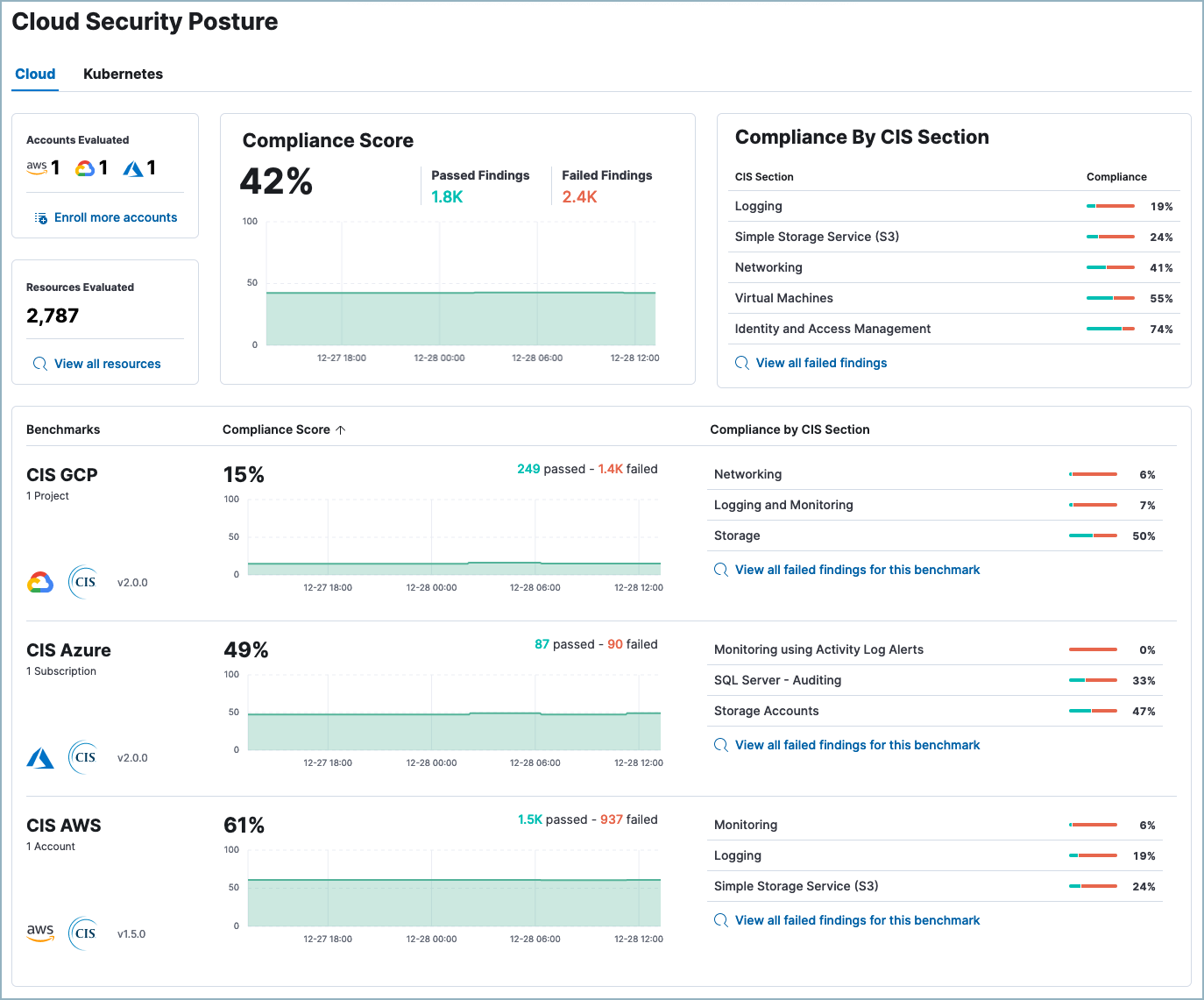
Threat detection and security monitoring
The new CSCRF mandates that REs deploy security information and event management (SIEM) solutions and implement a functioning security operations center (SOC) with 24/7 monitoring capabilities. It also encourages organizations to maintain strong API security, network segmentation, and endpoint defense.
Elastic helps REs meet these requirements with:
Elastic Security for SIEM: Centralizes data from network, endpoint, application, and cloud sources for unified threat monitoring and investigation
Endpoint and agentless telemetry: Collects behavioral data to detect ransomware, insider threats, and unauthorized lateral movements
Elastic Attack Discovery: Uses behavior-based detection and automated correlation to uncover adversary techniques based on MITRE ATT&CK mappings
Cloud-native and self-managed architecture: Supports multi-cloud and hybrid SOC strategies, making Elastic ideal for modern financial infrastructure
Elastic's powerful detection engine enables proactive threat management at scale, helping reduce dwell time and accelerate SOC responsiveness.
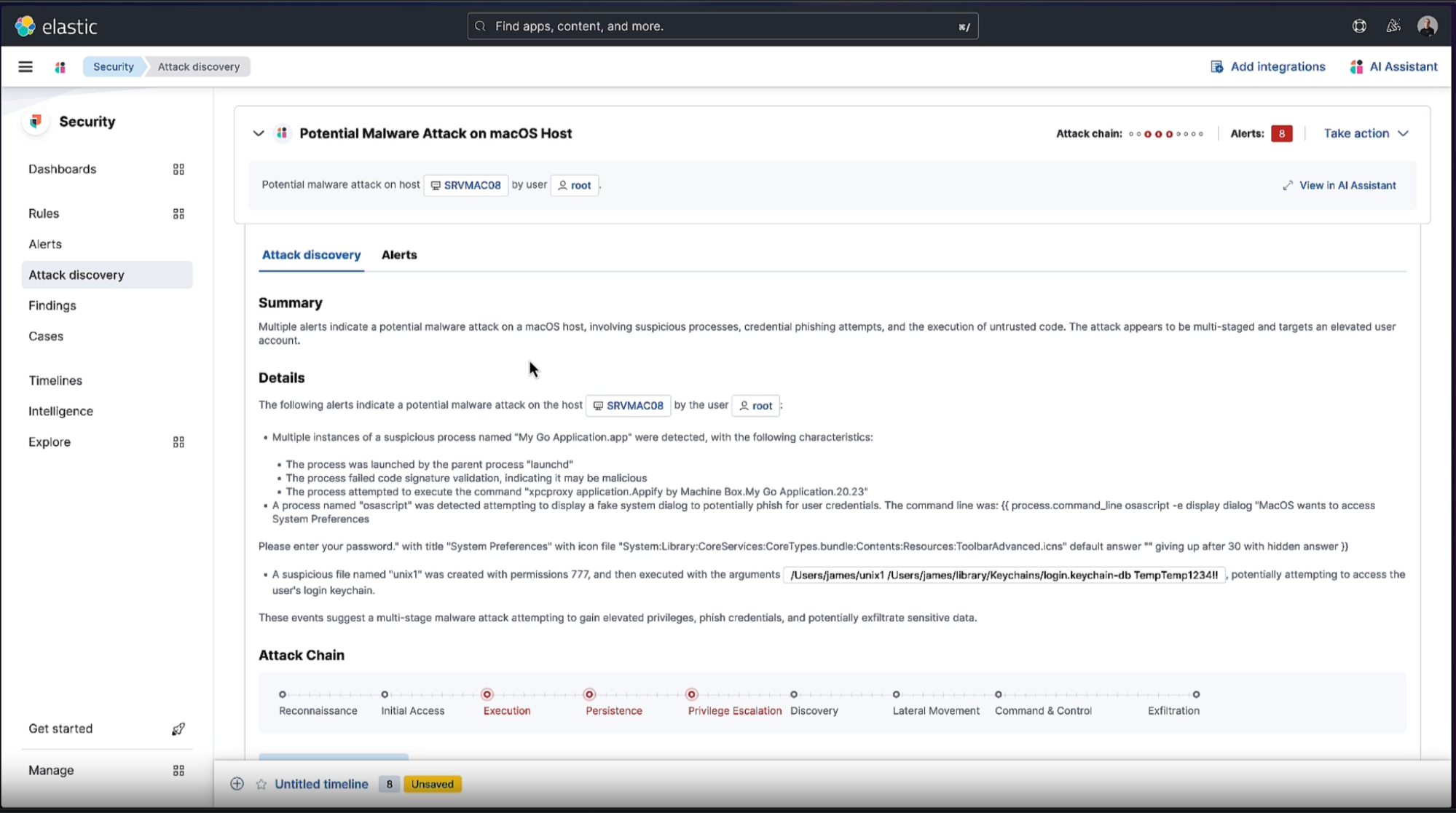
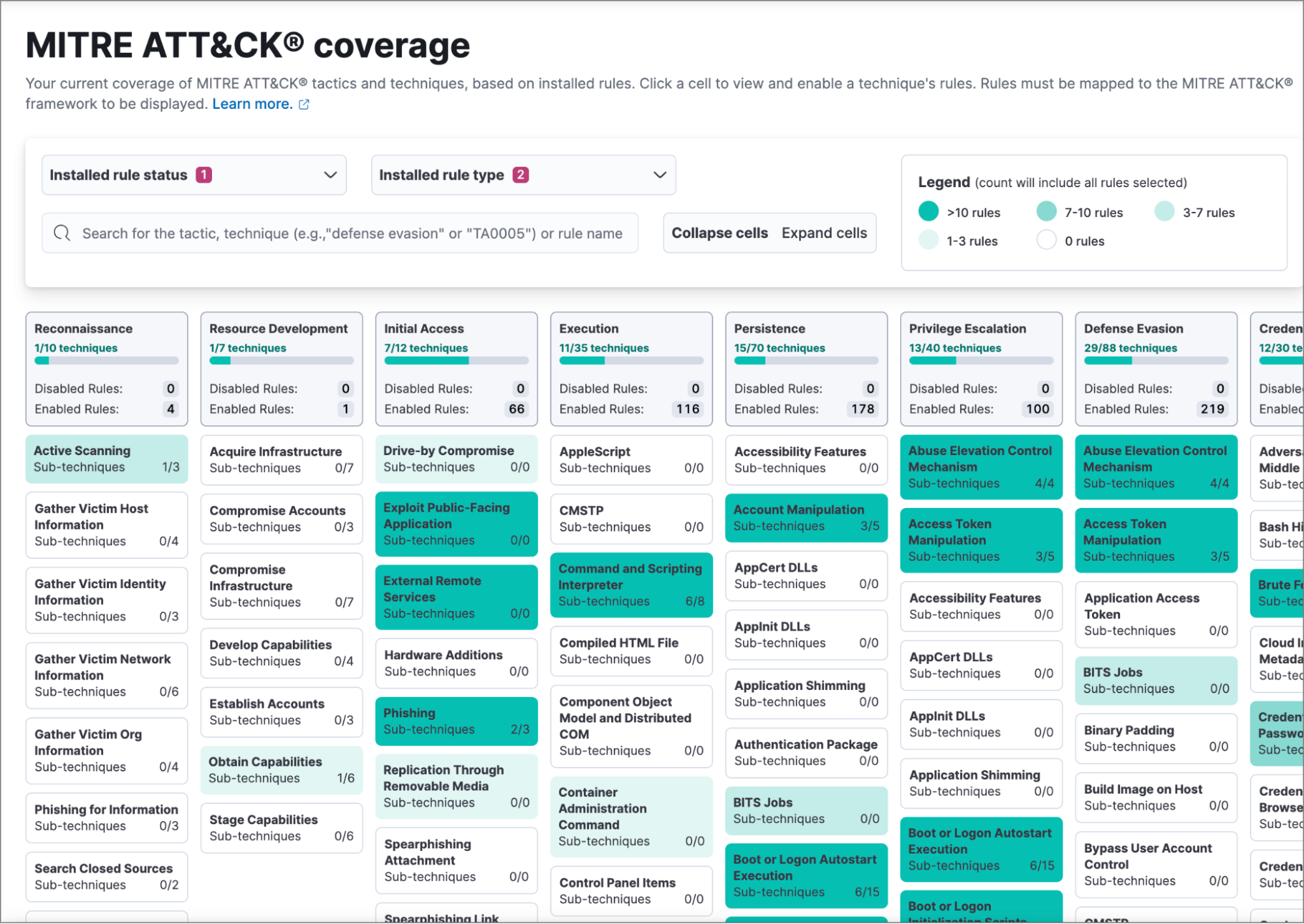
Incident response and recovery
CSCRF outlines the need for a well-documented cyber crisis management plan (CCMP), response playbooks, and root cause analysis (RCA) procedures. Institutions must ensure rapid containment, evidence preservation, and reporting.
Elastic works with organizations to support these efforts through:
Automated playbook execution, which integrates with SOAR platforms to trigger alerts and enforce containment based on defined rules
Context-rich RCA tools with Kibana dashboards and timeline views to simplify tracing attacker behavior across systems
Elastic Attack Discovery, which accelerates investigation by automatically highlighting patterns associated with known adversary behaviors
Forensics and memory telemetry with advanced endpoint instrumentation to capture artifacts for in-depth post-incident review
By enabling deep visibility and rapid containment, Elastic enhances both the speed and precision of incident response workflows.
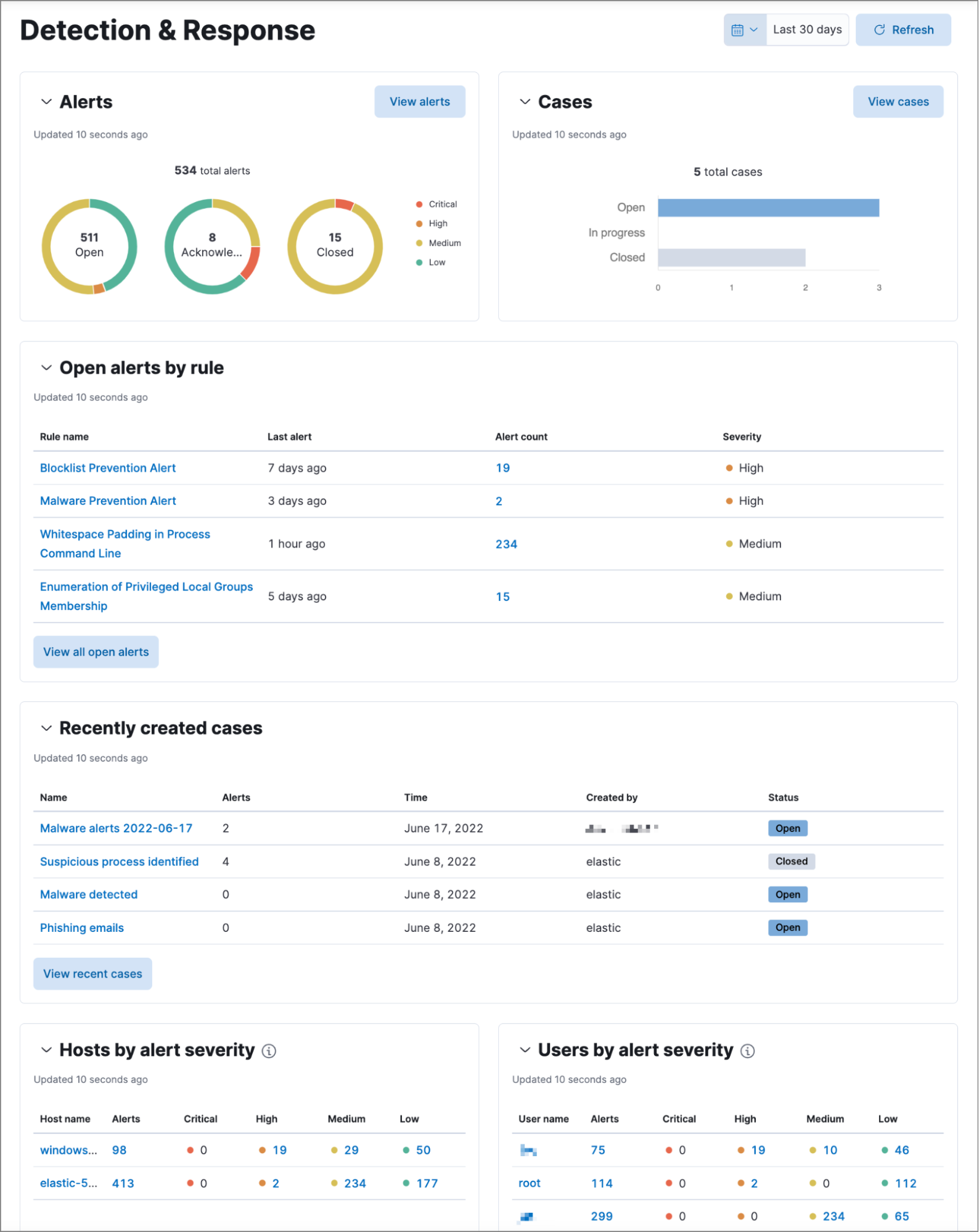
Capacity planning and resiliency
The SEBI requires REs to ensure availability, resilience, and business continuity even under duress. This includes designing infrastructure for high availability, performing capacity planning, and ensuring disaster recovery (DR) readiness.
Elastic Observability can help organizations address these requirements with:
Real-time infrastructure health monitoring: Visualizes resource utilization, latency, and throughput across systems
Search AI powered AIOps: Automatically detects anomalies, correlates related incidents, and provides root cause analysis
Noise reduction algorithms: Prevents alert fatigue by intelligently grouping events and prioritizing critical ones
Capacity forecasting: Uses historical trends to anticipate demand spikes and plan infrastructure needs accordingly
These operational insights allow teams to identify bottlenecks, optimize resource allocation, and ensure continuous service availability under load.
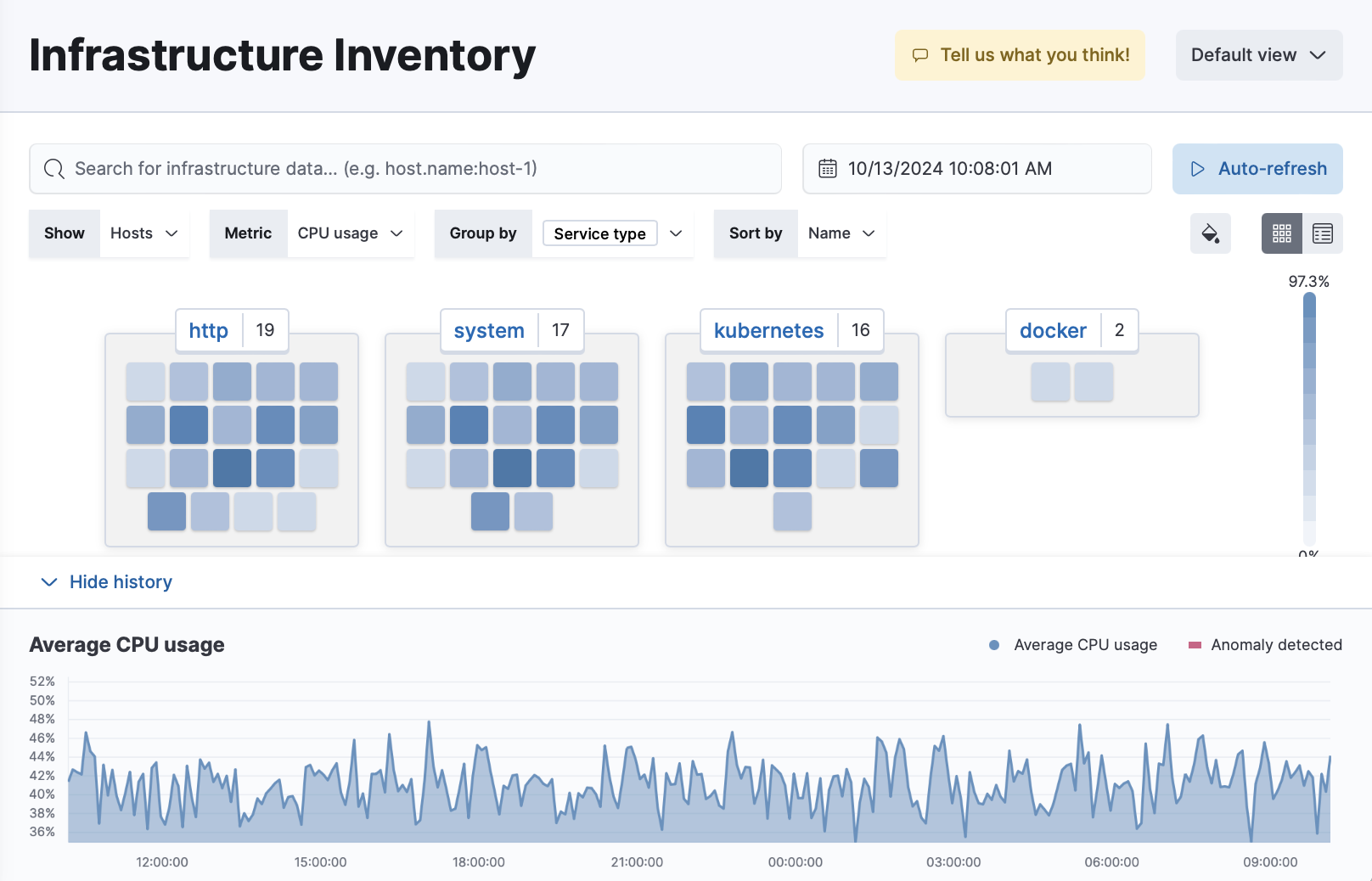
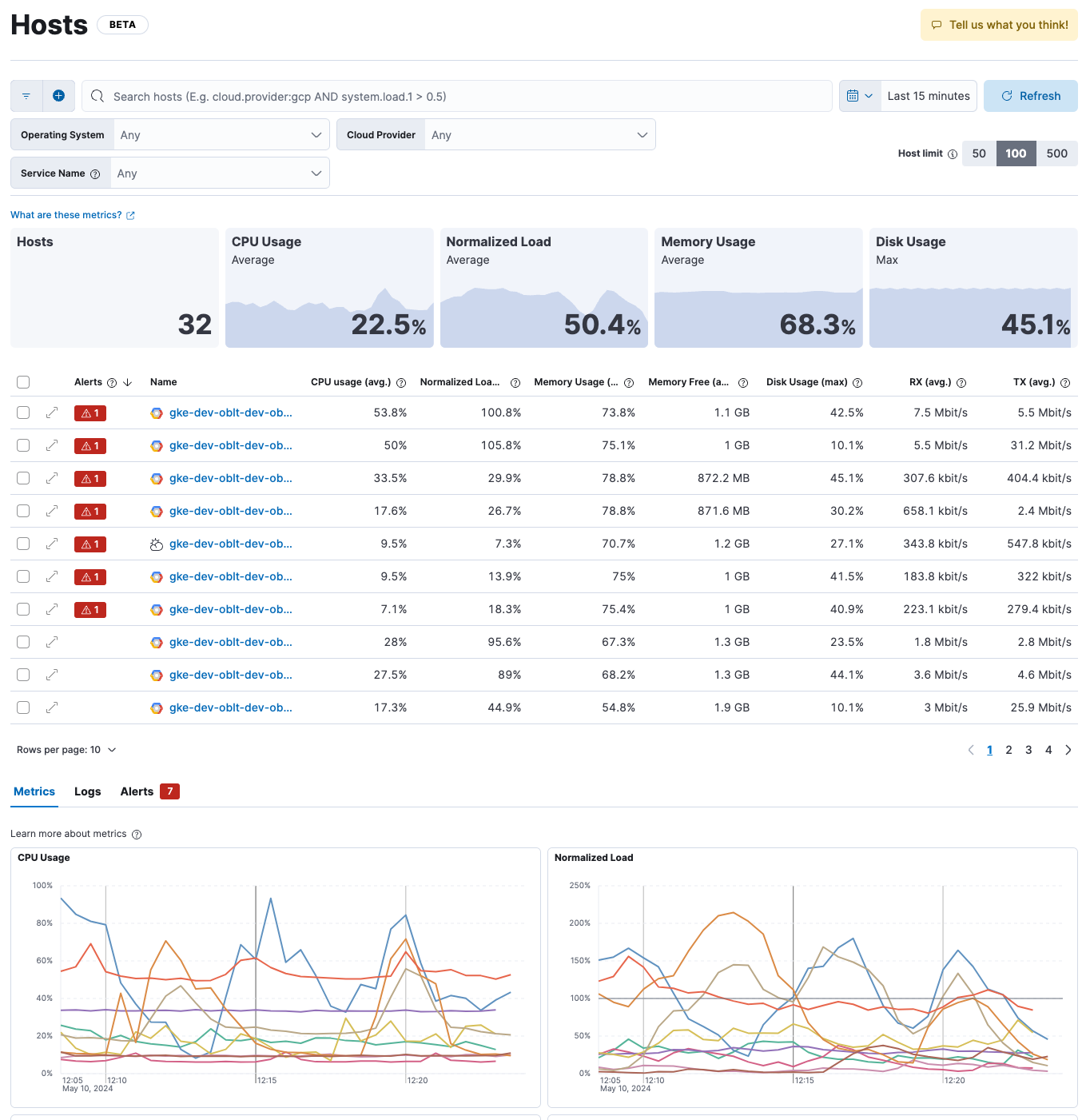
Continuous improvement and evolution
The CSCRF encourages REs to evolve their cyber defense maturity through regular testing, threat hunting, and updates to detection logic. Institutions are also now expected to assess their Cyber Capability Index (CCI) and demonstrate improvement.
Elastic can help REs make continuous improvements with:
Deep Event-Based Memory Monitoring (DEBMM): Captures low-level memory events to detect stealthy attacks like in-memory malware
Automated threat hunting: Combines telemetry, indicators of compromise (IOCs), and behavioral analytics for proactive discovery
Threat intelligence feeds: Elastic integrates with MITRE ATT&CK, STIX/TAXII, and third-party sources for real-time threat context
Built-in red teaming and simulation: Enables testing of organizational readiness against simulated threat campaigns
These capabilities can help REs stay one step ahead of adversaries while continuously validating and refining their security controls.
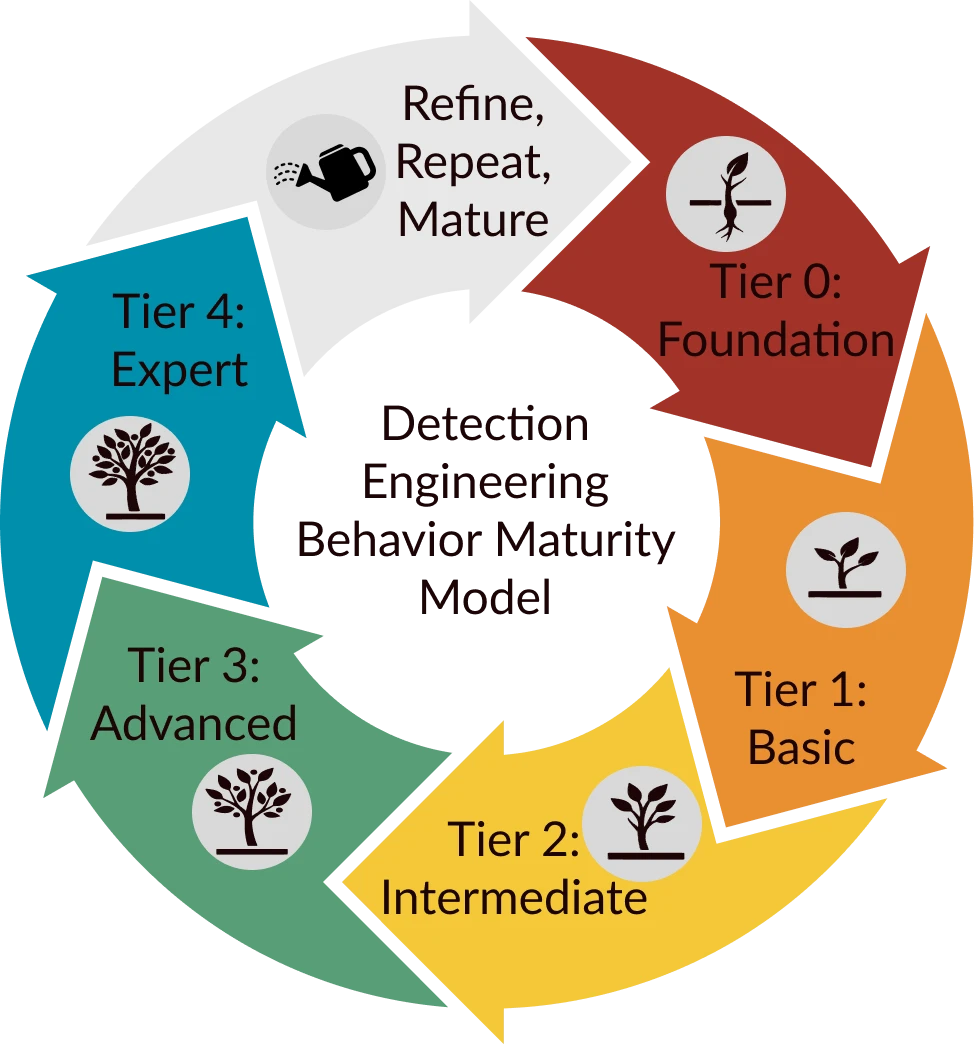
Strengthen your cyber resilience with Elastic
The SEBI’s new CSCRF sets a high bar for cybersecurity and operational excellence. Elastic’s unified approach to security and observability can help financial institutions meet these expectations with scalable, AI-driven technology.
Ready to enhance your cyber resilience? Explore how Elastic can accelerate your CSCRF readiness — start a free trial or connect with our experts today.
The release and timing of any features or functionality described in this post remain at Elastic's sole discretion. Any features or functionality not currently available may not be delivered on time or at all.

